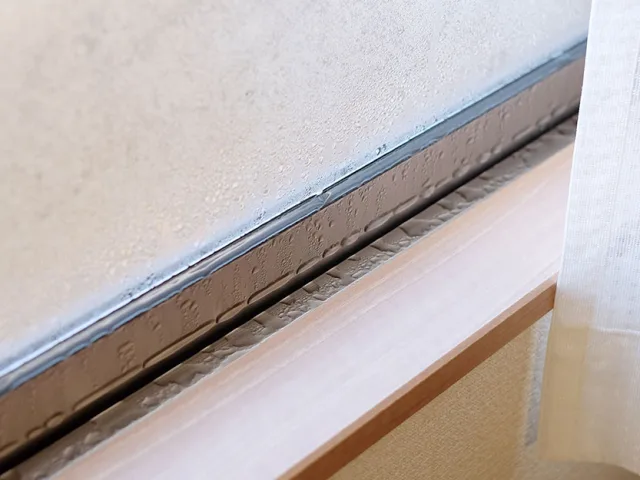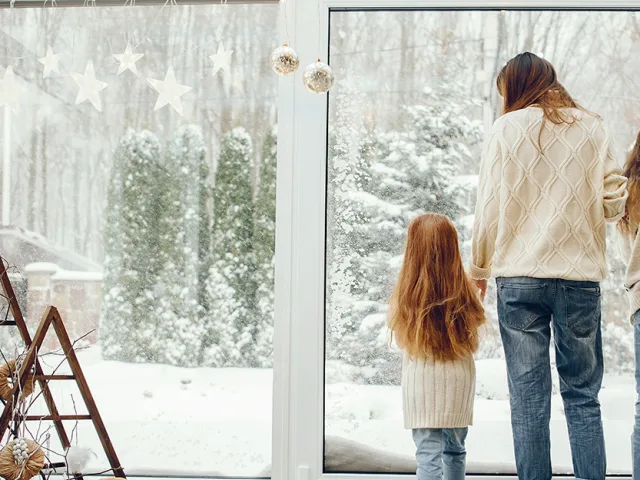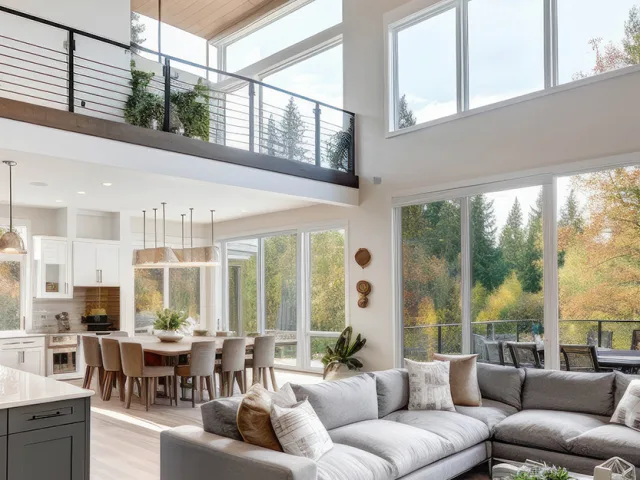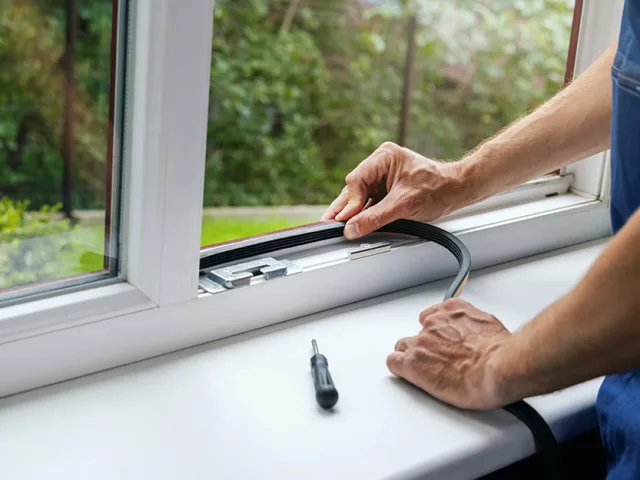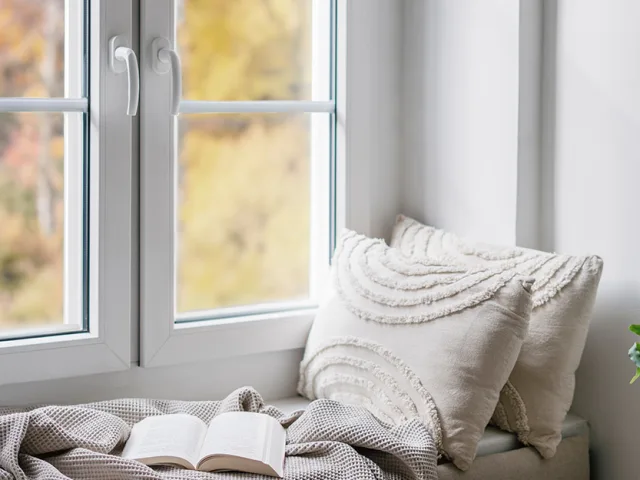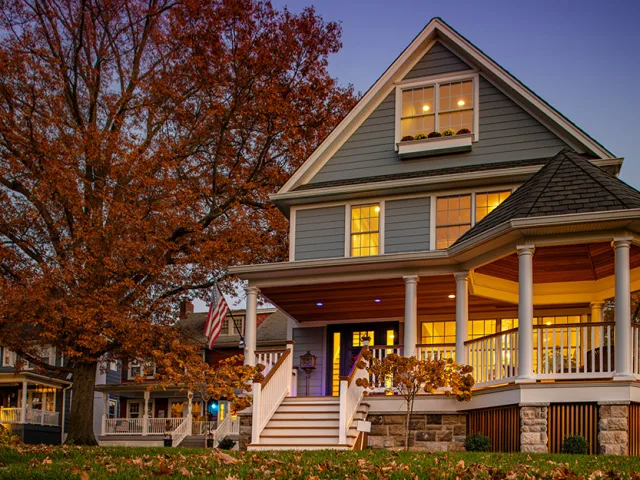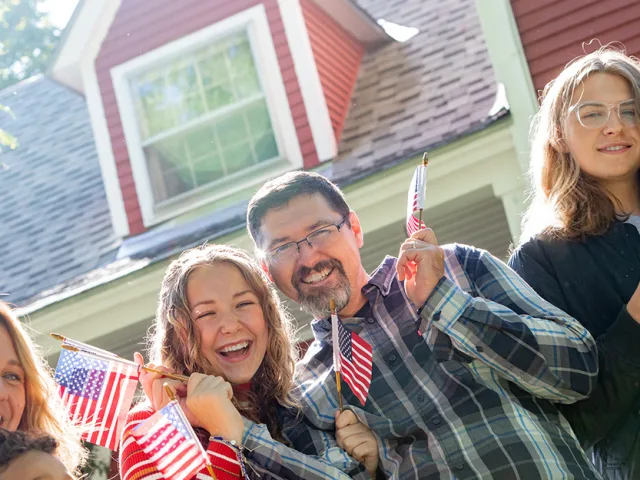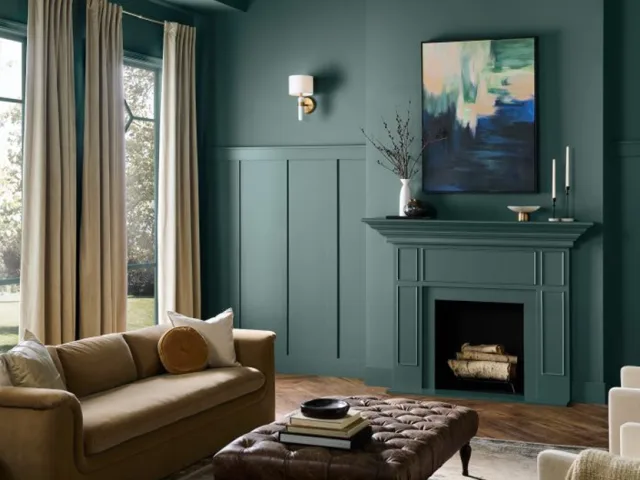New Windows for the New Year: Last Chance to Take Advantage of the Energy Efficient Home Improvement Tax Credit
As the countdown to the New Year begins, Denver homeowners are busy planning celebrations, setting resolutions, and thinking about how...
Read More
Celebrating Christmas in Colorado: Wishing Our Customers a Merry Christmas from New Windows for America
Christmas in Colorado is truly something special. From snow-dusted mountain towns to glowing city streets along the Front Range, the...
Read More
Leaky Windows & Condensation: What Denver Homeowners Need to Know
Winter in Denver can arrive fast and unexpectedly. When it does, leaky windows and condensation problems don’t just make your...
Read More
Mile-High Holidays: Denver’s Best Christmas Markets & Events (and a Friendly Year-End Reminder from New Windows for America)
Denver’s holiday season is in full swing! From twinkling light shows and German-style markets to family parades and cozy pop-ups....
Read More
Colorado Gives Day 2025: Supporting Our Community With Habitat for Humanity & New Windows for America
Colorado Gives Day is one of the most impactful annual traditions in our state — a time when people across...
Read More
The Gift of Lower Heating Bills: Something to Be Thankful For All Season Long
As Thanksgiving approaches, most Denver homeowners are busy prepping for family gatherings, grocery shopping, and planning a little time to...
Read More
Why Denver Homeowners Shouldn’t Wait Until Snowfall for Window Replacement
Denver weather is full of surprises. One minute it’s sunny and mild, and the next, a cold front sweeps in...
Read More
How to Winterize Your Home: Windows, Doors, and Siding Maintenance Tips for Fall
As the crisp Colorado air rolls in and snowflakes start to make their seasonal debut, now is the perfect time...
Read More
Is Your Home Holiday Ready? Upgrade Windows and Doors Before Guests Arrive
The holidays are just around the corner, and that means cozy gatherings, festive meals, and welcoming loved ones into your...
Read More
Take Advantage of the Energy Efficient Home Improvement Tax Credit Before It’s Gone!
If you’ve been thinking about upgrading your home’s exterior windows and doors, now is the perfect time to do it!...
Read More
Safe, Spooky, and Spectacular: Celebrate Halloween with a Cozy, Secure Home!
Halloween in Denver is one of the most magical times of the year — crisp fall air, glowing jack-o’-lanterns on...
Read More
Why Drafty Windows Cost You Money
When the cold Colorado air starts creeping in, it’s easy to blame the weather for a chilly home. But if...
Read More
How New Windows Can Transform Your Home This Fall
As the leaves change and the Colorado air turns crisp, fall becomes the perfect time to make meaningful upgrades to...
Read More
Save on Heating Bills This Winter: Upgrade to Energy-Efficient Windows this Fall
As fall settles into Colorado and the crisp air moves in, many homeowners begin to notice the little things—like a...
Read More
Cozy Up for Fall: Create a Warmer Home with New Windows & Doors
As the crisp Colorado air rolls in and the leaves start to change, fall is the perfect reminder that winter...
Read More
Colorado’s Fall Foliage Frenzy 2025
Where to See the Best Autumn Colors Colorado transforms into a kaleidoscope of golds, oranges, and reds every fall. The...
Read More
Top Fall Maintenance Tips for Your Home
It’s the Perfect Time to Prepare for the Season with New Windows, Siding, and Doors As the crisp autumn air...
Read More
Get Your Home Ready Before Fall: Why Now is the Perfect Time to Replace Your Windows
As summer winds down in Denver, homeowners are beginning to shift their focus toward cooler weather, cozy nights, and fall...
Read More
The History of Labor Day & How to Save on New Windows
Every September, Americans come together to celebrate Labor Day, a holiday dedicated to honoring the contributions, hard work, and achievements...
Read More
Elevate Your Denver Home with Behr’s 2026 Color of the Year: Hidden Gem Blue-Green
If you’ve been looking for the perfect way to refresh your home’s exterior, Behr has just unveiled your new inspiration....
Read More


